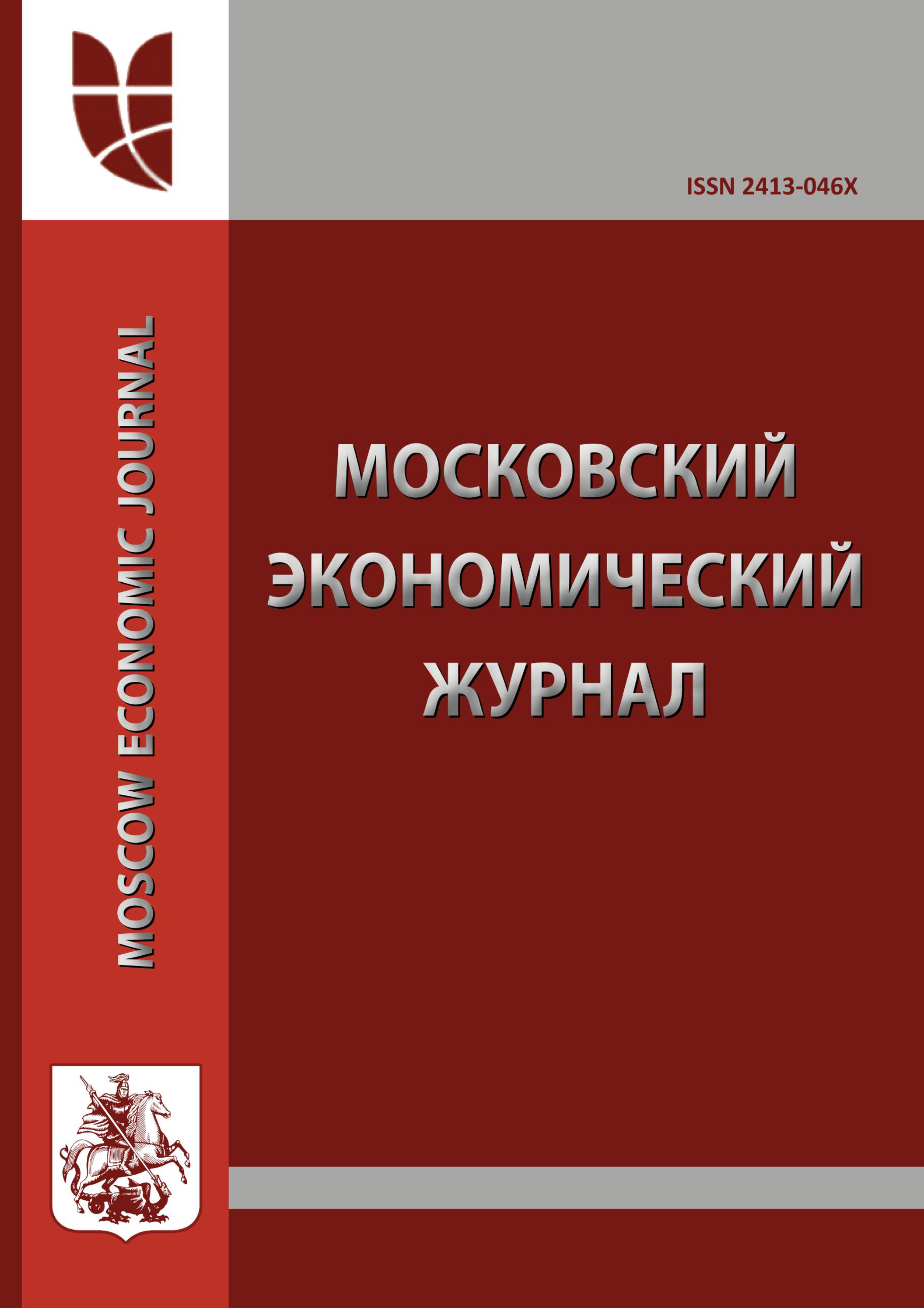Россия
В работе рассматривается связь между культурой, сбережениями и инвестициями. В последнее время исследователи разошлись во мнениях, одни считают, что культура влияет на сбережения и инвестиции, а другие, наоборот, не нашли никаких связей между ними. Используя традиционно-религиозные показатели склонности к сбережению, можно дать определение, какие культурные механизмы воздействует на сберегательно-инвестиционное поведение. Результаты исследования показали, что благодаря многочисленным традиционным обрядам домашние хозяйства сберегают в краткосрочном периоде, что отрицает модель жизненного цикла Ф. Модильяни. А также в работе более глубоко рассмотрена структура инвестиций домашних хозяйств и предложена модель инвестиционного поведения домашних хозяйств в парадигме культуры и традиций.
сбережения, инвестиции, домашнее хозяйство, культура, реальные и моральные инвестиции
1. Keynes, j. m. The General Theory of Employment, Interest and Money (New York: Harcourt, Brace & Co., 1936).
2. Friedman, M.A. Theory of the Consumption Function (Princeton, N.J.: Princeton University Press for the National Bureau of the Economic Research, 1957).
3. Останин В.А. Накопительное страхование пенсий и экономическая безопасность домашних хозяйств // Фундаментальные исследования. 2017. №. 2.
4. Browning, M. and Lusardi, A. (1996) “Household Saving: Micro Theories and Micro Facts”, Journal of Economic Literature, American Economic Association, 34 (4), 1797-1855, December.
5. Modigliani, F. and Brumberg, R. (1954) “Utility Analysis and the Consumption Function: An Interpretation of Cross-section Data”, in: J.H. Flavell and L. Ross (Eds.) Social Cognitive Development Frontiers and Possible Futures, Cambridge, NY: Univ. Press.
6. Skinner, J. (1988) “Risky Income, Life-Cycle Consumption and Precautionary Saving”, Journal of Monetary Economics, 22, 237-255.
7. Gourinchas, P. and Parker, J. (2002) “Consumption over the Life Cycle”, Econometrica, 70, 47-89.
8. Palumbo, M. (1999) “Uncertain Medical Expenses and Precautionary Saving Near the End of the Life Cycle”, Review of Economic Studies, 66, 395-421.
9. Hubbard R., Skinner J. and Zeldes S. (1995) “Precautionary Savings and Social Insurance”, The Journal of Political Economy, 103 (2), 360-399.
10. Hayashi F., Ito, T. and Slemrod J. (1988) “Housing Finance Imperfections and National Saving: A Comparative Simulation Analysis of the U.S. and Japan”, Journal of Japanese and International Economies, 2, 215-238.
11. Hurd M., Michaud P. and Rohwedder S. (2012) “The Displacement Effect of Public Pensions on the Accumulation of Financial Assets”, Fiscal Studies, 33 (1), 107-128.
12. Mouawiya Al-Awad* and Adam B. Elhiraika Department of Economics, CBE, UAE University Al-Awad M., Elhiraika A. Cultural effects and savings: Evidence from immigrants to the united arab emirates // The Journal of Development Studies. 2003. Т. 39. №. 5. С. 139-151.
13. Bristol-Rhys J. Weddings, marriage and money in the United Arab Emirates // Anthropology of the Middle East. 2007. Т. 2. №. 1. С. 20-36.
14. Yayeh F. A. The Impact of Religion on Household Saving Behavior. 2014.
15. Carroll C.D., Rhee B.K., Rhee C. Are there cultural effects on saving? Some cross-sectional evidence // The Quarterly Journal of Economics. 1994. Т. 109. №. 3. С. 685-699.
16. Park C. Consumption in the korean wedding ritual: wedding ritual values, consumer needs, and expenditures // Journal of Family and Economic Issues. 1997. Т. 18. №. 2. С. 191-209.
17. Giuliano P. (2007). Living Arrangements in Western Europe: Does Cultural Origin Matter? Journal of the European Economic Association 5 (5), 927-952.
18. Furtado D., M. Marcen and A. Sevilla (2013). Does Culture Affect Divorce? Evidence from European ´ Immigrants in the United States. Demography 50 (3), 1013-1038.
19. Haliassos M., T. Jansson and Y. Karabulut (2015). Incompatible European Partners? Cultural Predispositions and Household Financial Behavior. Sveriges Riksbank (Central Bank of Sweden).
20. Guiso L., P. Sapienza and L. Zingales (2006). Does Culture Affect Economic Outcomes? The Journal of Economic Perspectives 20 (2), 23-48.











